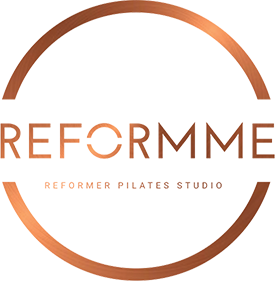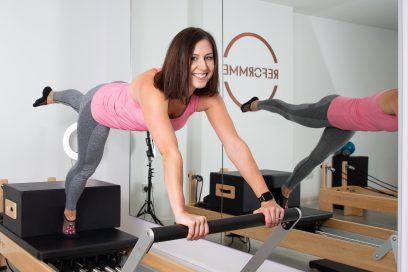Lockdown Rules and the beautiful weather have inspired you to lace up your trainers, dig out the headphones and head into our beautiful Formby Woods or to escape (did we just admit that?) down to the beach for a casual run? We hear you and have compiled this article on the benefits of reformer pilates for runners to ensure you optimise your running potential!

The popularity of running has rapidly increased over recent years and the number of runners out and about has sharply inclined in 2020! This means that the incidence of running-related injuries is also on the incline and this is particularly relevant among new runners. Running injuries are extremely common, with statistics indicating that as many as 90 percent of runners miss training time every year due to injuries like IT Band Syndrome, hamstring issues, shin splints and stress fractures.

Whether you’re running to train, to loose weight or to stay sane, it’s important that you prepare well and remember that injuries need not be an inevitable symptom of running.
Follow our guide for an injury-free run (they are particularly important if you’re training with an event or a distance in mind)






